Can I afford to construct on-farm storage?
Western FarmPress
JANUARY 15, 2025
Profit Planners: A recurring problem with long lines at the elevator may mean its time to upgrade your storage to keep harvest moving.
This site uses cookies to improve your experience. To help us insure we adhere to various privacy regulations, please select your country/region of residence. If you do not select a country, we will assume you are from the United States. Select your Cookie Settings or view our Privacy Policy and Terms of Use.
Cookies and similar technologies are used on this website for proper function of the website, for tracking performance analytics and for marketing purposes. We and some of our third-party providers may use cookie data for various purposes. Please review the cookie settings below and choose your preference.
Used for the proper function of the website
Used for monitoring website traffic and interactions
Cookies and similar technologies are used on this website for proper function of the website, for tracking performance analytics and for marketing purposes. We and some of our third-party providers may use cookie data for various purposes. Please review the cookie settings below and choose your preference.
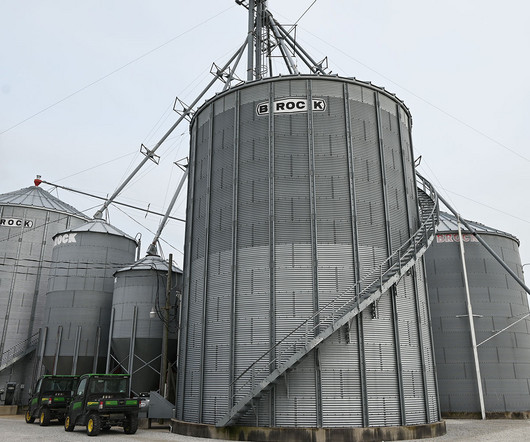
Western FarmPress
JANUARY 15, 2025
Profit Planners: A recurring problem with long lines at the elevator may mean its time to upgrade your storage to keep harvest moving.
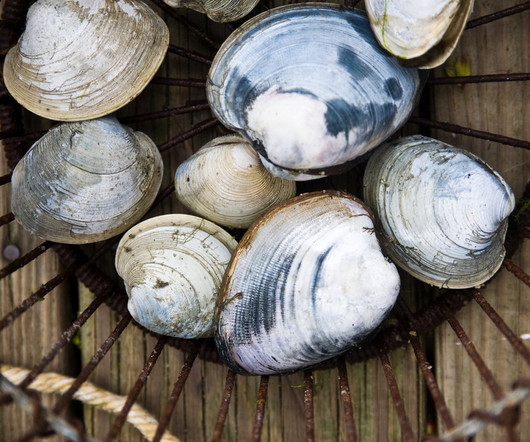
Civil Eats
AUGUST 21, 2024
and sovereign Indigenous nations, and grant unlimited harvests, even from private property. People of the First Light For thousands of years, the Wampanoag —the “People of the First Light”—have harvested fish for food, trade, art, and fertilizer. Wampanoag fishers, like Pocknett, are forced to shrug it off. Not just food.”
This site is protected by reCAPTCHA and the Google Privacy Policy and Terms of Service apply.

Modern Farmer
MARCH 24, 2025
Grow Vertically Growing vertically allows for bigger harvests in compact gardening spaces. Construct vertical planters : South-facing fences and walls are a great place to add vertical planters to maximize growing space. Plant Intensively Plant intensively with fast-growing greens and plants that provide multiple harvests.
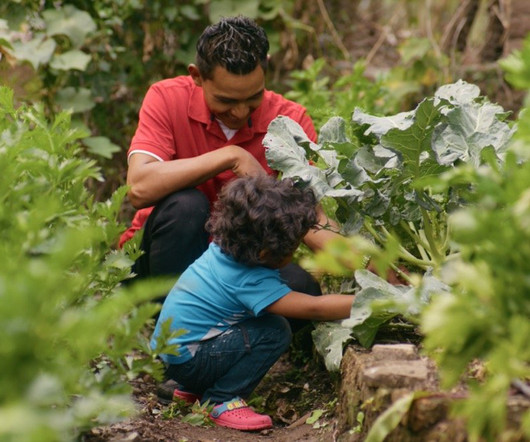
Sustainable Harvest International
MARCH 12, 2025
2024 was a year of new partnerships and growth for Sustainable Harvest International (SHI). Volunteers beautified schools, constructed greenhouses, planted tree nurseries, and helped prepare gardens for SHI family farmers.
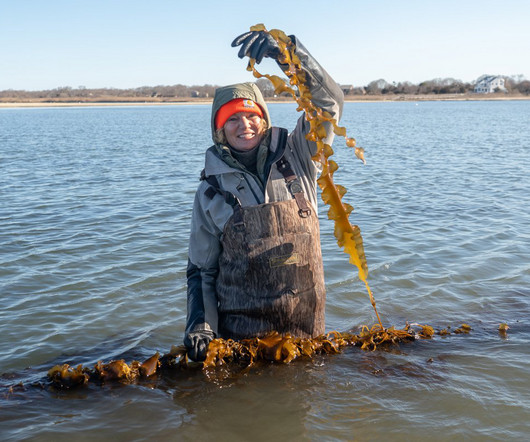
Civil Eats
JULY 31, 2024
That day, they’d been out to their four-acre farm and back twice, harvesting a total of 6,300 pounds. Maine is the heart of America’s farmed seaweed industry, supplying half its harvest— well over a million pounds —last season. Then they sell the harvest to ASF, which picks up the kelp on the dock.
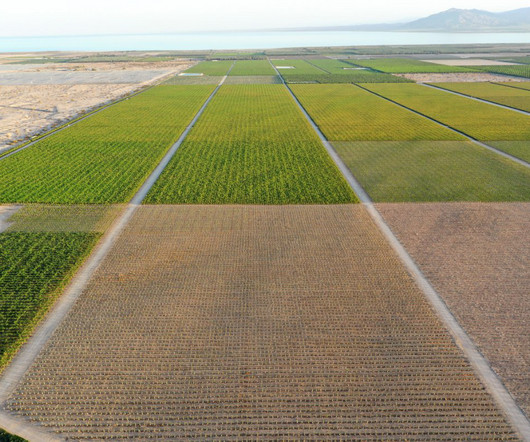
Civil Eats
DECEMBER 9, 2024
And, as playa stabilization and habitat construction projects get underway, some critical data simply arent being gathered. How do we preserve wetlands or construct more, so they are a nature-based solution? The biggest challenge: Constructing wetland habitat is expensive. The data are not yet publicly available.
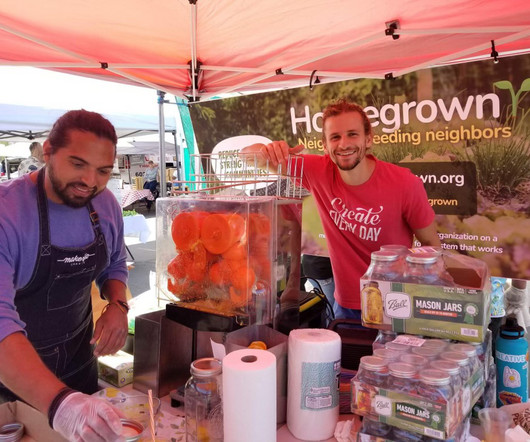
Modern Farmer
MARCH 29, 2024
Across the Phoenix metro area, citrus trees sag under the weight of more produce than homeowners can harvest and use. Part of the problem lies in the city’s construction. Thousands of pounds of fruit go to waste every year while more than half a million area residents struggle with food insecurity. The Homegrown team.

ATTRA
JULY 18, 2023
However, he didn’t want to see acres of wild blueberries destroyed in the process of constructing a solar array. Bluewave funded research by Dr. Calderwood to study the effects of solar construction on the established blueberry plants. To do this, the construction area was divided into three sections. megawatts of DC power.

Caff
MARCH 24, 2025
DIY Innovation Award: Sena Daniel Ahiabor Ubiquitous Multi-Purpose Farm Use Station Tuskegee University, Alabama Sena Daniel Ahiabor, a Sustainable Food Systems Resource Specialist and Post-Harvest Specialist at Tuskegee University, has been awarded the Best DIY Innovation Award for the second time.
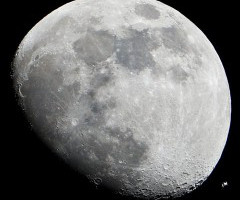
Climate and Agriculture in the Southeast
OCTOBER 31, 2023
As temperatures rise across most of the earth, farm workers and others who work outside like roofers, construction laborers, and lawn care employees are being increasingly affected by the high heat stress that occurs when high daytime temperatures and humidity take their toll on those workers, especially if they are doing hard manual labor.
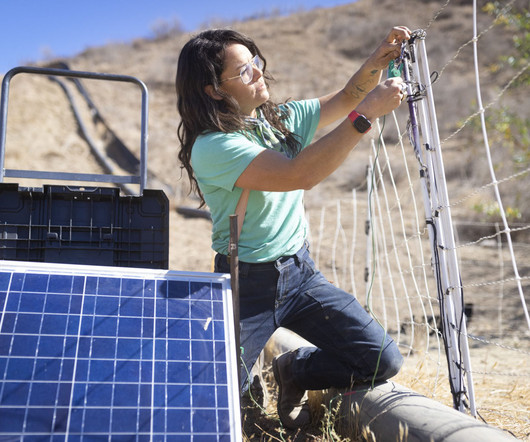
Caff
SEPTEMBER 17, 2024
She designed an innovative solution for their small farm which has dramatically improved their process for harvesting and drying crops such as onions and garlic. Large farms have other means of curing onions, but there was a gap for the small farm on how to harvest and dry onions with fewer steps while using minimal storage space.
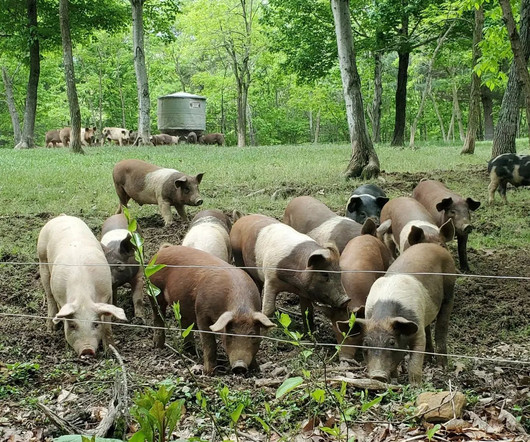
The Lunatic Farmer
SEPTEMBER 1, 2023
I just returned from a farm consult that included a 70-acre timber harvest 4 years ago. The difference between destructive and constructive is slight, but logging roads and farm lanes are notoriously destructively built and maintained. What landowners need and what they think they need are often quite different.

Food Tank
JULY 20, 2024
Irungu tells Food Tank that Ustawi Afrika teaches rainwater harvesting, construction of earthen pot water reservoirs, sustainable agriculture techniques, solar drip irrigation and production of a nutrient-rich material called humusoil.
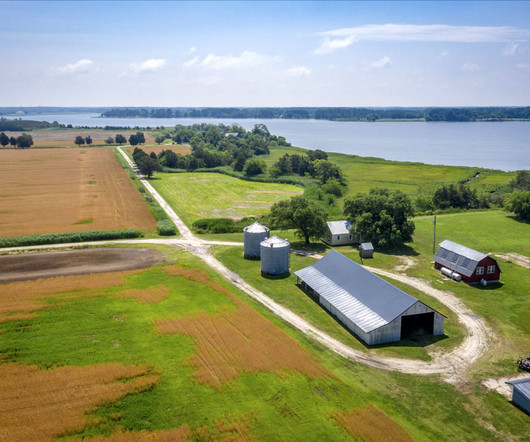
Civil Eats
JANUARY 15, 2024
He plans to harvest some grasses as hay for animal bedding and weed control. Over the years, the construction industry has used salt hay for insulation, livestock farmers use it for animal bedding, and berry growers mulch with it, since it is naturally free of weed seeds.

Sustainable Harvest International
SEPTEMBER 6, 2022
August 30, 2022 — A new report by the Clean Cooking Alliance features the work of Sustainable Harvest International (SHI) and others in expanding access to clean cookstoves as a critical, yet under-valued, nature-based solution to climate change. The lack of access to clean cooking technology causes more than US$2.4

Hartwood Farm
FEBRUARY 1, 2022
Individual days and weeks can sometimes seem so long (especially when that harvest list runs onto three pages!), This inspired me to do a few more labor time analysis this summer—how many hours do we spend harvesting? Can our harvesting metrics improve? Harvesting again… note the sad deficit of weeds in the background.
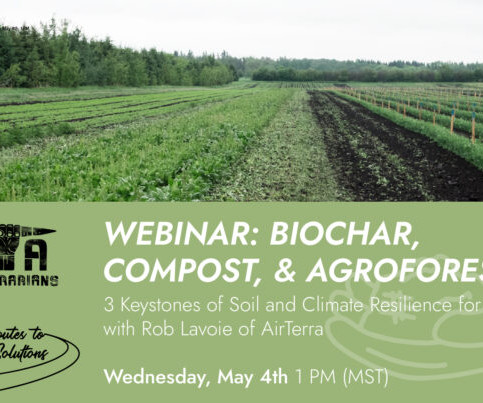
RR2CS
MARCH 29, 2022
The facility will produce 5,000 tonnes of biochar made from several available wood feedstocks including residual wood from the forest industry, clean organic residual construction and demolition wood, arborist cutting from the urban forest canopy, and wood harvested from agroforestry.
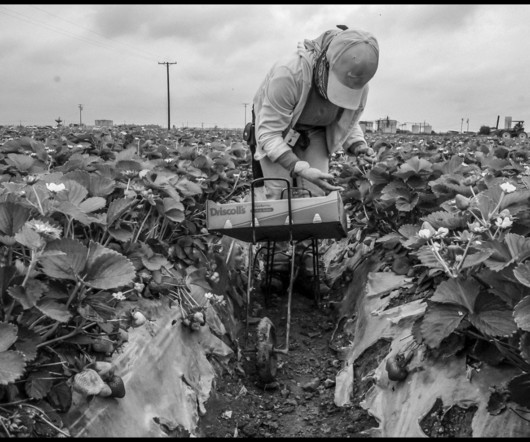
Civil Eats
APRIL 24, 2024
A powerful, 44-page document, Harvesting Dignity: The Case for a Living Wage for Farmworkers documents in shocking statistics what Matilde and Juana know from personal experience. Fortunately, my husband works construction and gets $20 an hour, but the same months when there are no strawberries, the rain cuts his hours too,” she said.

Modern Farmer
FEBRUARY 14, 2025
You want to make planting and harvesting choices according to the moon? The sun, the star that anchors our system and shines bright for much of the year in this region, shapes our construction projects, Bertrand explains. We were amazed at the difference between wine made in barrels harvested on fruit and flower days, Cullen says.
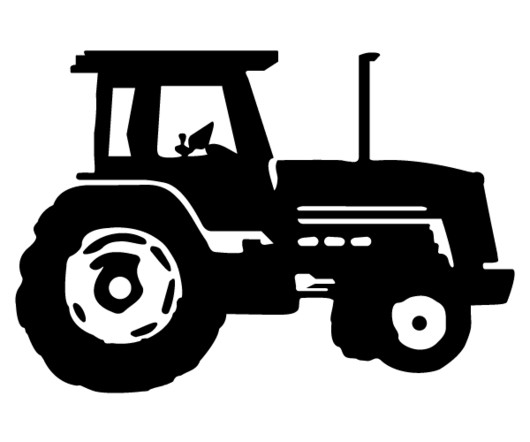
Modern Farmer
JANUARY 4, 2024
The solar farm Alliant Energy completed construction on the 10-acre Alliant Energy Solar Farm on the ISU research farms near Ames, Iowa in the fall of 2023. Issues such as harvest timing and growing season will be studied, as well as climatic impacts. The harvested crops will be sold to the university’s dining halls.

Modern Farmer
OCTOBER 30, 2023
Another, in South Carolina, invites you to its “desolate farm” where the inhabitants are hoping “to make you this year’s harvest!” Haunted houses are more story driven than other farm attractions such as corn mazes or pumpkin picking, often relying on a pre-constructed narrative.

Modern Farmer
AUGUST 27, 2024
Pests can shorten your harvest, cripple your plants’ production potential and double your garden chores. Constructing simple fencing can help keep rabbits away and planting good companion plants like marigolds can go a long way to keep unwanted critters away from your precious plants. I’ve never grown a fall garden.
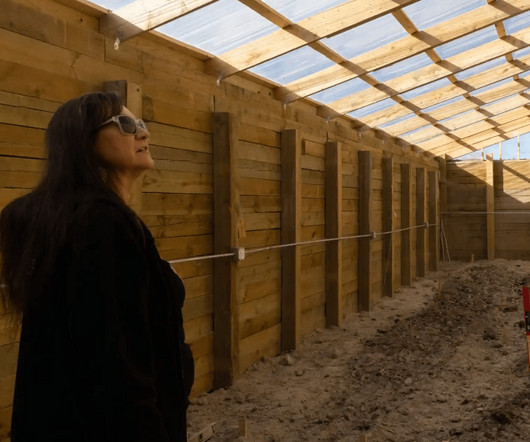
Agritecture Blog
FEBRUARY 23, 2023
An underground greenhouse currently under construction in Pine Ridge. Two people bend over the pallets, using scissors to harvest delicate sprouts of microgreens. In an underground greenhouse, Raycen Raines (right) helps harvest microgreens that are donated to the community. Credit: Dawn E. LeBeau/The Guardian. Credit: Dawn E.
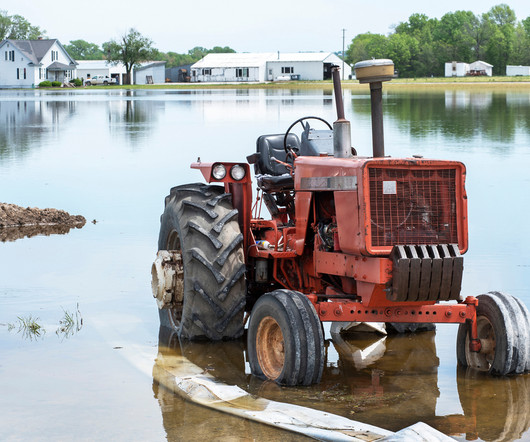
Modern Farmer
AUGUST 31, 2023
Most eastern farmers’ fields were obliterated ; the storm came right before peak harvest season for tobacco, corn and cotton. We’ve talked to some farmers that have constructed dikes to try to keep the water out,” he says. Five of six top agricultural counties of the state were in the most storm-vulnerable areas.

Farmbrite
MARCH 4, 2025
How will you know what farm tasks you need to do, what plants need to be harvested, how long your cows have been in field A, and how much inventory (feed/seed/irrigation line, etc) you have left in stock? Startup Costs: Itemize all initial expenses (land purchase, seed or animal acquisition, construction, equipment, permits).
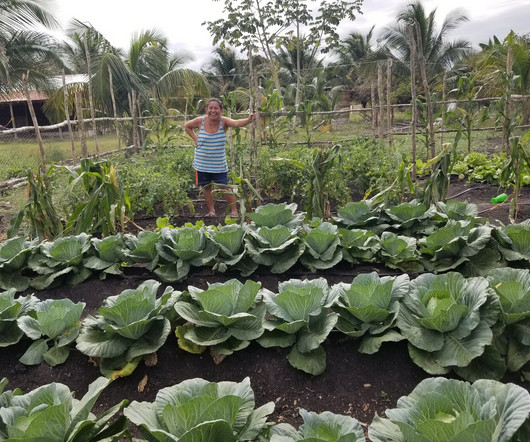
Sustainable Harvest International
OCTOBER 15, 2021
As a child, she and her siblings accompanied their father as he planted and harvested corn and beans. It is important for these women to take charge of local agricultural production and the well-being of their families, especially given the extended absence of male family members during the annual cane harvest.
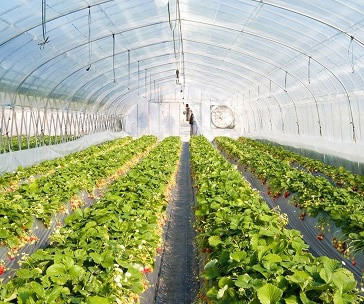
Kavya Organic Farm
JULY 22, 2023
Eligibility Criteria for Polyhouse Subsidy To avail the polyhouse subsidy in India, farmers must fulfill certain eligibility criteria, including: Land Ownership: The farmer must have legal ownership or leasehold rights to the land where the polyhouse will be constructed. The subsidy under this mission may cover up to 75% of the project cost.

Modern Farmer
DECEMBER 15, 2023
Originally constructed by Native Hawaiians hundreds of years before colonization, the effort resurrected a 1.3-mile Although Shultz’s goal is to triple production, scaling up has its challenges: Cultivation is a year-round, labor-intensive job that involves planting 1,000 bulbs weekly, in standing water, and harvesting an equal amount.

Caff
OCTOBER 22, 2024
When they purchased the farm over 30 years ago it was an unproductive almond orchard and since then they have pulled the almonds out and utilized the sloped landscape to construct swales, establish a vineyard, and plant a wide variety of fruit trees which provide shelter while their flock of ducks grazes.

Far Eastern Agriculture
JULY 19, 2024
IDTechEx’s new report, ‘Battery Markets in Construction, Agriculture and Mining Machines 2024-2034’, showed that CAM machines require a diverse range of battery solutions to cater to their individual needs It has taken around 15 years to convince car owners that battery power is a viable alternative to their fossil fuel comfort blanket.
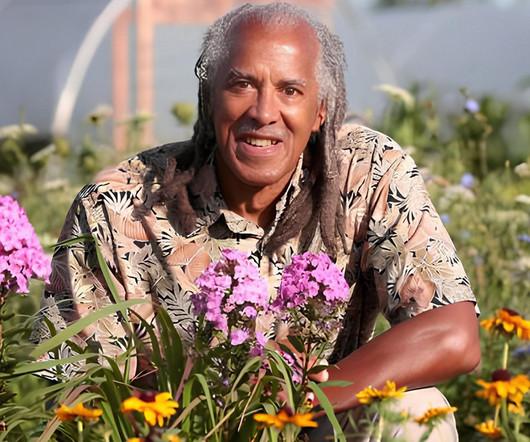
Civil Eats
FEBRUARY 22, 2024
He invited me to spend the summer in New York City in 1968 working construction. That will mean changes in every aspect of the food and agriculture system from seeds to planting to production to harvest to distribution to education to marketing to eating to disposal. It seemed like the whole world was in New York City.
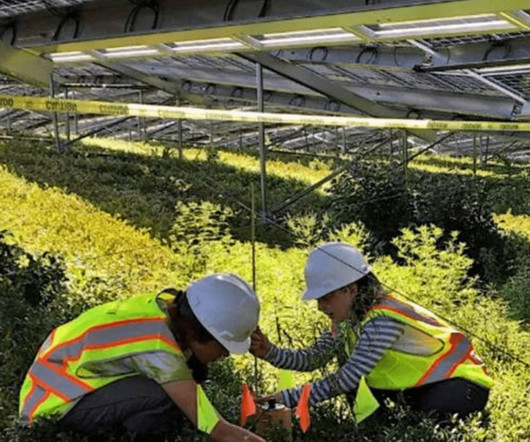
Agritecture Blog
OCTOBER 13, 2022
Sweetland tends, harvests and sells the blueberries, and shares profits with the landowner. We realized because of the way they’re harvested, we didn’t need a lot of clearance for equipment, but we really needed to protect the soils and protect the plants during the construction phase.” But they all recovered quite well.”

Agritecture Blog
FEBRUARY 28, 2023
With containers, we end up losing harvests from a couple of containers rather than the entire farm. HGS: What is the largest farm you have constructed using the container methodology? DT: Our largest container farm to date was constructed in Columbia, South Carolina with 140 total containers. HGS: What about automation?
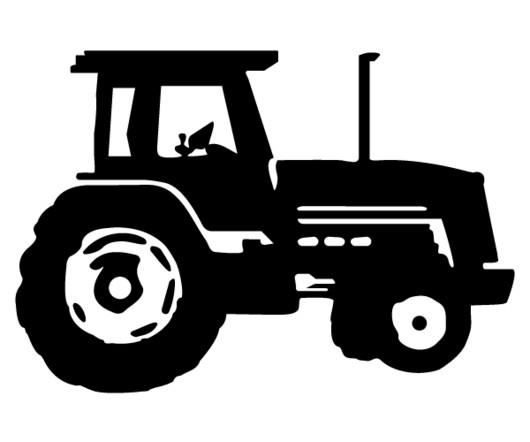
Modern Farmer
DECEMBER 18, 2023
They harvested bighorn sheep and other game for food, tools, and clothing. This included critical winter habitat for deer and elk, and areas the Tribes relied on for native food and medicinal plants, all of which were drowned by the government’s dam construction. No fish passage was built then, nor since.

Modern Farmer
JULY 16, 2024
Some are even ready to harvest. In the 1700s and 1800s, farmers in the “Garden State” relied on enslaved people to herd and slaughter animals, grow crops, maintain their meadowlands, and construct their farms. “It’s really developed into something really beautiful and productive and community-oriented.”
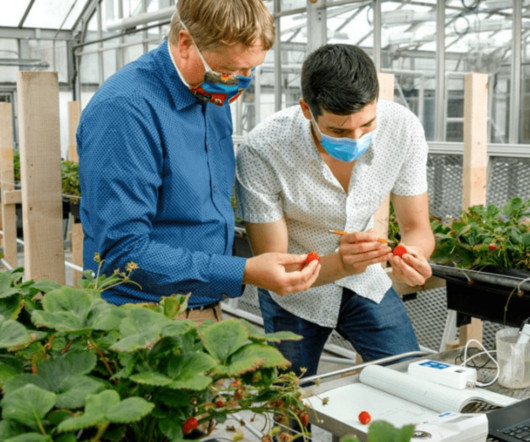
Agritecture Blog
APRIL 12, 2023
Harvesting and packing : Ensuring that crops are harvested at the right time and packed properly to maintain freshness and quality. Design and construction of the vertical farming system : Developing a functional and efficient system that maximizes space, minimizes resource use, and meets the needs of the crops being grown.

Farmbrite
AUGUST 15, 2024
Equipment Loans These loans can be used to purchase new or used farm equipment, such as tractors, harvesters, and irrigation systems Farm Improvement Loans This type of farm loan is for improving or upgrading existing farm structures or systems. They can be less scrutinized by lenders.
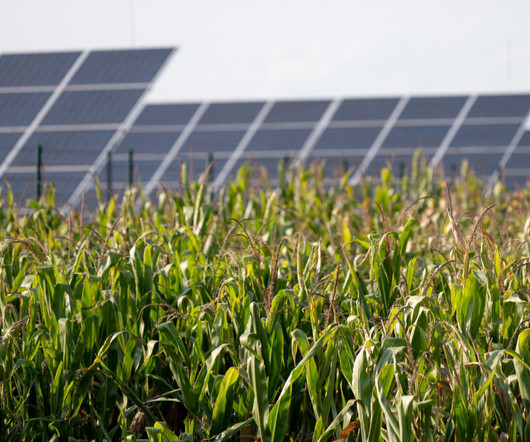
Civil Eats
FEBRUARY 14, 2024
Only two EnerWealth installations have so far been constructed, with a total capacity of just half a megawatt. Dependable Harvest What the EnerWealth model offers rural communities, Othow suggests, is a way to benefit from development while retaining land ownership and agricultural use.
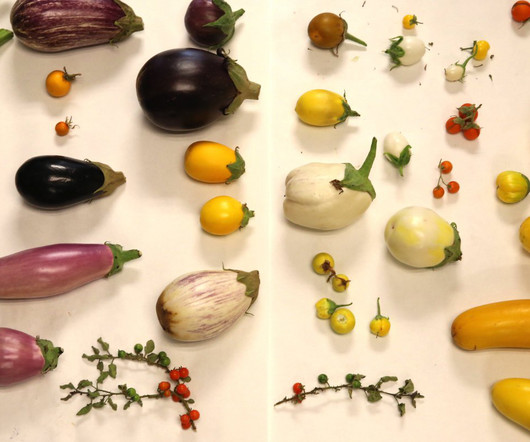
Civil Eats
APRIL 22, 2024
Farmers plant seeds deep in the soil, use passive rainwater harvesting, and rely on hardy desert-adapted seeds. Our seeds are very resilient,” said Johnson. They are just amazing in the way they can survive heat and lack of irrigation.”
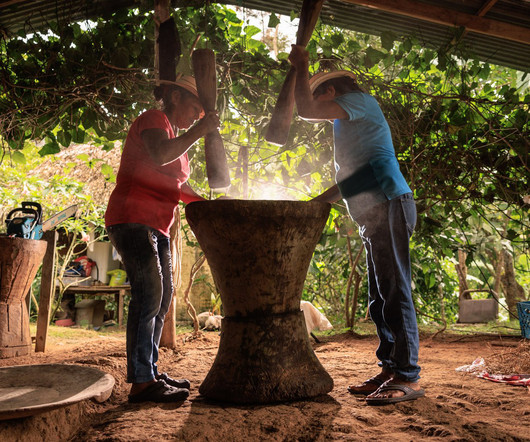
Sustainable Harvest International
MAY 4, 2022
They started applying organic fertilizer to their crops, including chicken manure, coffee husks from the annual harvest, and biodegradable waste from the kitchen. A Partnership Tailored to Each Family’s Needs María shows some of the coffee harvested from her farm. They made considerable changes in the way they farmed. January 2021.
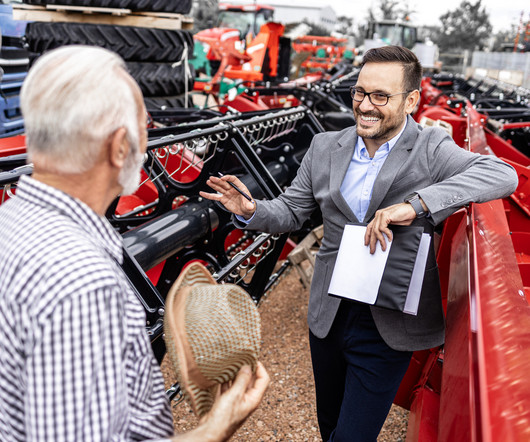
Farm Credit of Southern Colorado
OCTOBER 20, 2023
You get an added growing or harvest season from your leased equipment. Per usual, local rates and residual values for each lease are tailored to the asset and lease duration, similar to our standard leases, so the construct itself works in the same manner. Add on an extra six months. The result?
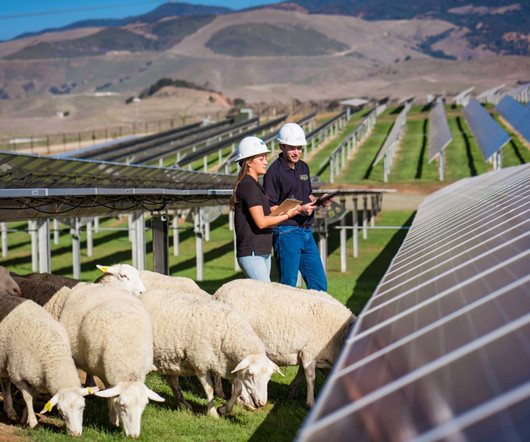
Civil Eats
OCTOBER 4, 2023
Shivaram also flagged new costs for solar developers, such as increased maintenance to address dust during harvest and damage caused by livestock. Funding for California agrivoltaics research also suffered a recent blow.
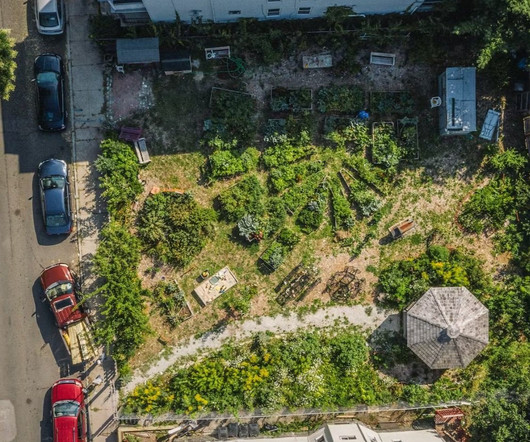
Agritecture Blog
APRIL 7, 2023
Neighborhood volunteers choose what to grow, plan events and share harvested crops with food banks, nonprofit and faith-based meal programs and neighbors. The forests also serve as gathering spaces, contribute to rainwater harvesting and help beautify neighborhoods. Credit: Boston Food Forest Coalition.
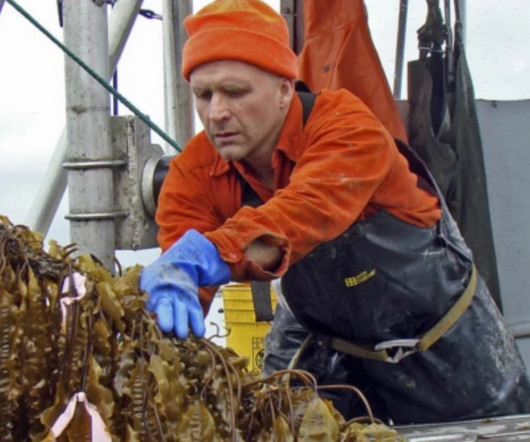
Agritecture Blog
MAY 16, 2023
GreenWave’s founder, Bren Smith, harvests kelp on his farm. Seawater Greenhouse Seawater Greenhouse constructs greenhouses in arid climates, like this one in Oman. The main services they provide to clients include consulting, design, and construction. Credit: Patagonia/Ron Gautreau. Credit: Seawater Greenhouse.
Expert insights. Personalized for you.
We have resent the email to
Are you sure you want to cancel your subscriptions?


Let's personalize your content